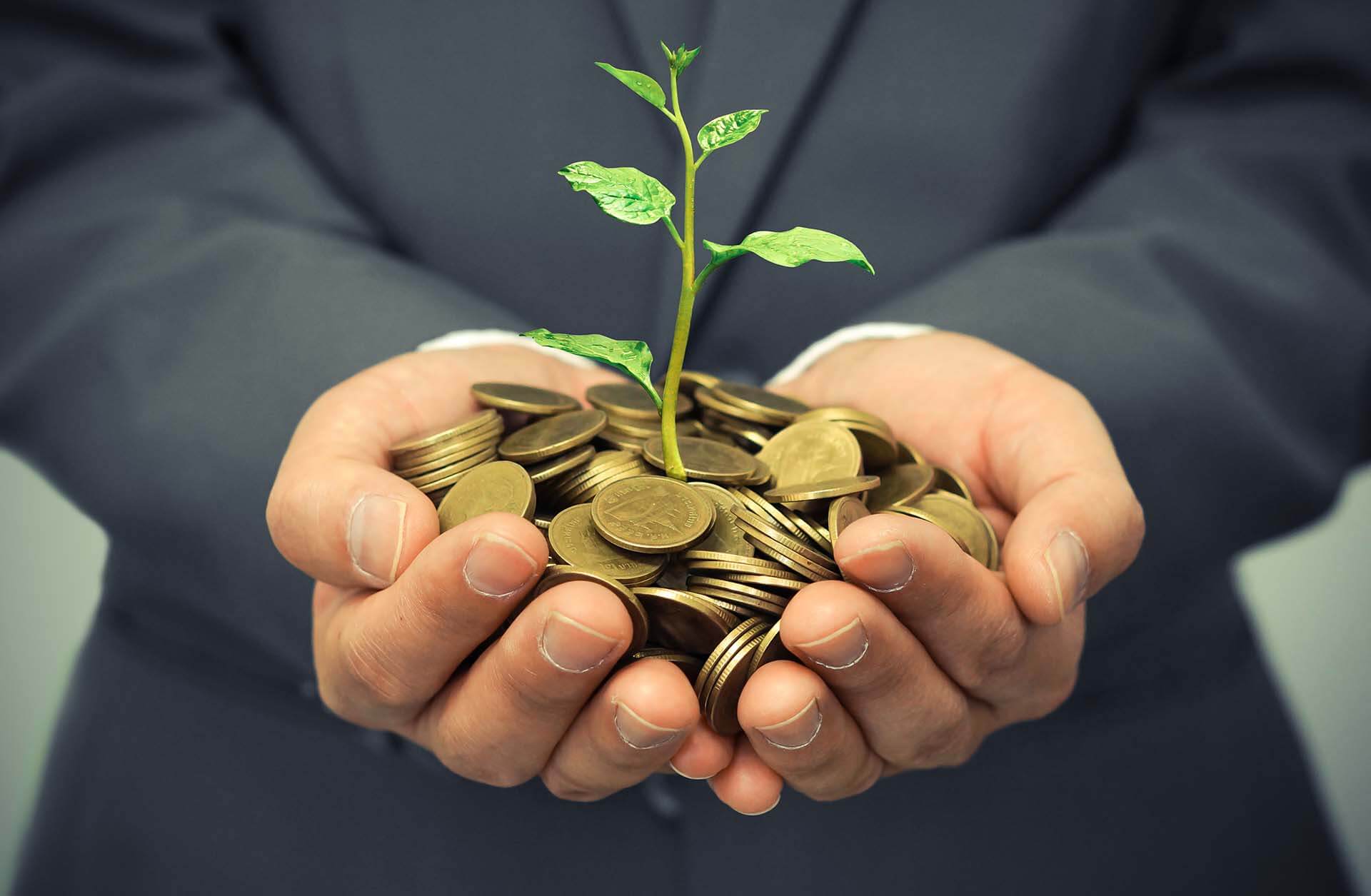As a business owner, I am trying to shift to become eco-friendly – an environment that saves on energy, controls its waste and is more about planting trees than cutting them down. There are several reasons for this; the major one being that it reduces costs and counts as a good initiative in giving back to society and a good message for the team. In other words, this counts as corporate social responsibility (CSR). All in all, it is a healthier, more productive way to carry out daily operations while also leaving a lighter ecological footprint.
Below are a few ways we could get closer to achieving a goal of going green and embracing the change that would take us further down the eco-friendly road.
Less Energy, Less Cost
Digitizing our office has reduced the need of paper and paper consumption in our office, hence computers and digital gadgets are a good initiative towards a greener workplace. But these gadgets take up a lot of electricity, and conserving energy is an essential part in any green initiative. Therefore, saving as much electricity as possible is a must. We achieved this by putting our computers on energy saving mode, making sure that we don’t leave our gadgets on standby and properly shut them down once we are done using them. We should also turn off printers, scanners, Xerox machines, coffee makers and lights – though we don’t always. Unplugging them properly whenever necessary would ensure that maximum energy is saved. Similarly, conference rooms and meeting rooms should have all their lights turned off, the projectors switched off and air conditioners set for low to minimize the usage of electricity. By following these simple steps, you will take leaps towards a greener office.
Your World in Your Pocket
We are all living in the “digital age,” yet companies still use up an enormous amount of paper daily. When going green, we remind ourselves that the greenest paper is no paper at all, and keeping all documents digital is the best way to achieve this. The more material we have digital on servers, portable drives and cloud storage, the less we need paper. With cloud storage, it is easy to store massive amounts of data accessible virtually anywhere you have an internet connection. Also, little things like reviewing documents on your computers and gadgets rather than using printouts and paper is another great step. There is also the practical benefit of digital documentation; you can review not just a single document or book, but an entire searchable library from your phone without having to carry a single book or visit a library. Sending emails instead of snail mail, online notifications instead of paper memos, and offering PDF invoices are some other great ways to save on paper.
Don’t Be a Paper Pusher
When buying printer paper, it is a good option to look for paper that has the capacity to be recycled many times or only using recycled paper that has the minimum chlorine bleaching and the highest number of post-consumer content. Recycled paper takes up a lot of energy and resources like water. Therefore, when using paper, it is better to use up both sides of the page and whenever possible, use misprints as note paper. Whenever you need to ship a package use the remains of shredded papers as packaging material and find similar creative uses for papers to minimize waste.
Use Writable Walls
Office designs can contribute a lot in helping you achieve your goals to go eco-friendly. A similar step to saving on paper is to encourage collaborative thinking with the installment of writable walls. Peerhatch is a dry erase writable wall surface film with custom infused graphics. The function is very much like whiteboards, but without the size limitation. Writable wall film like peerhatch can improve immensely collaboration, branding, team work, brainstorming, idea generation and simply putting up important notifications instead of printing and posting on notice boards. Peerhatch writable wall film is a great leap forward in having an eco-friendlier and aesthetically pleasing workplace.


